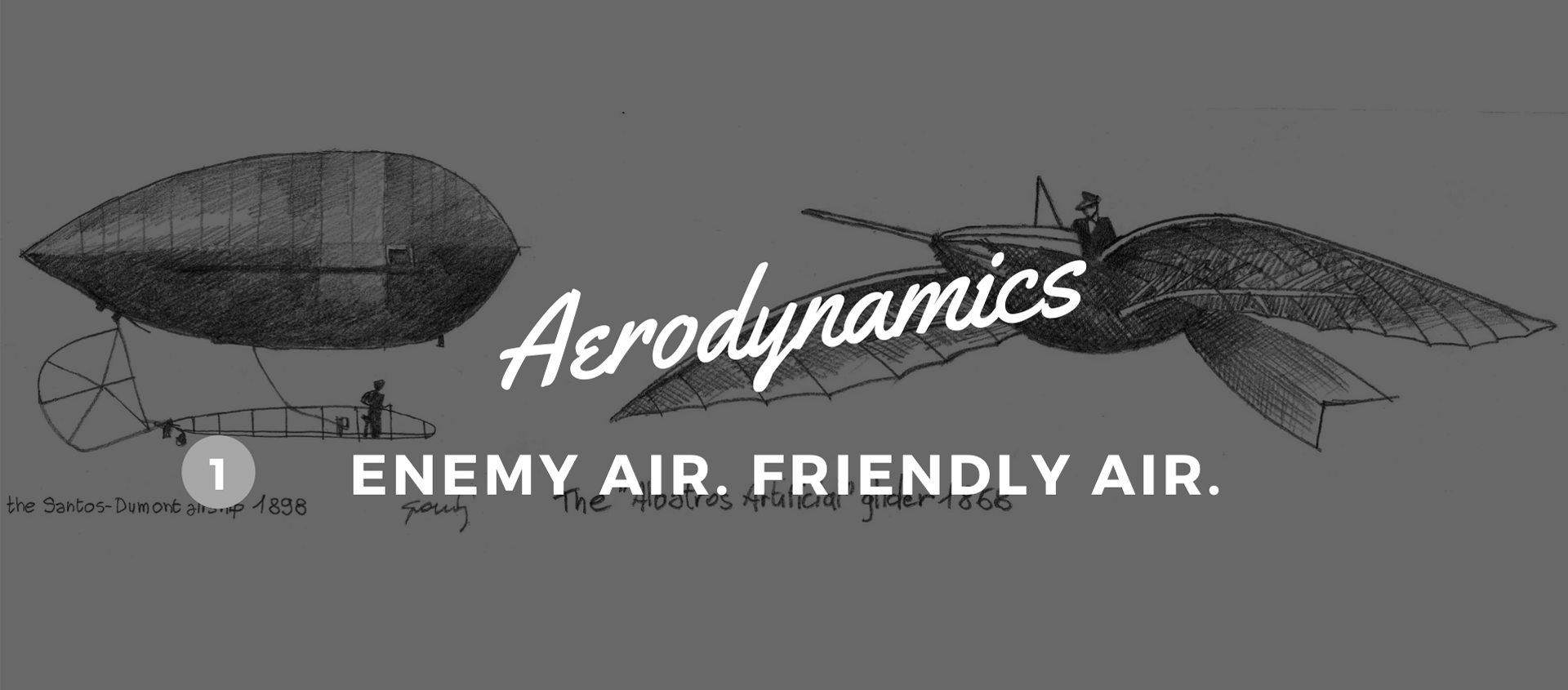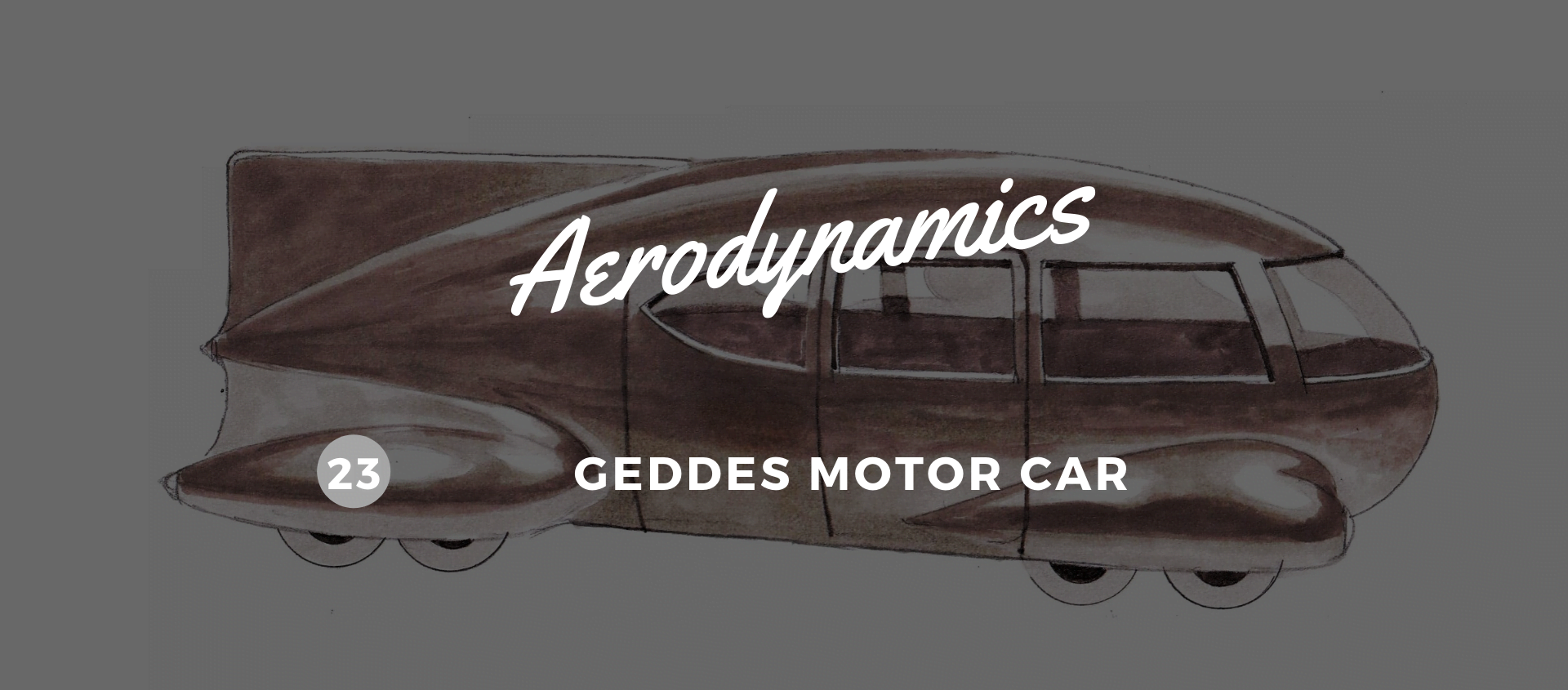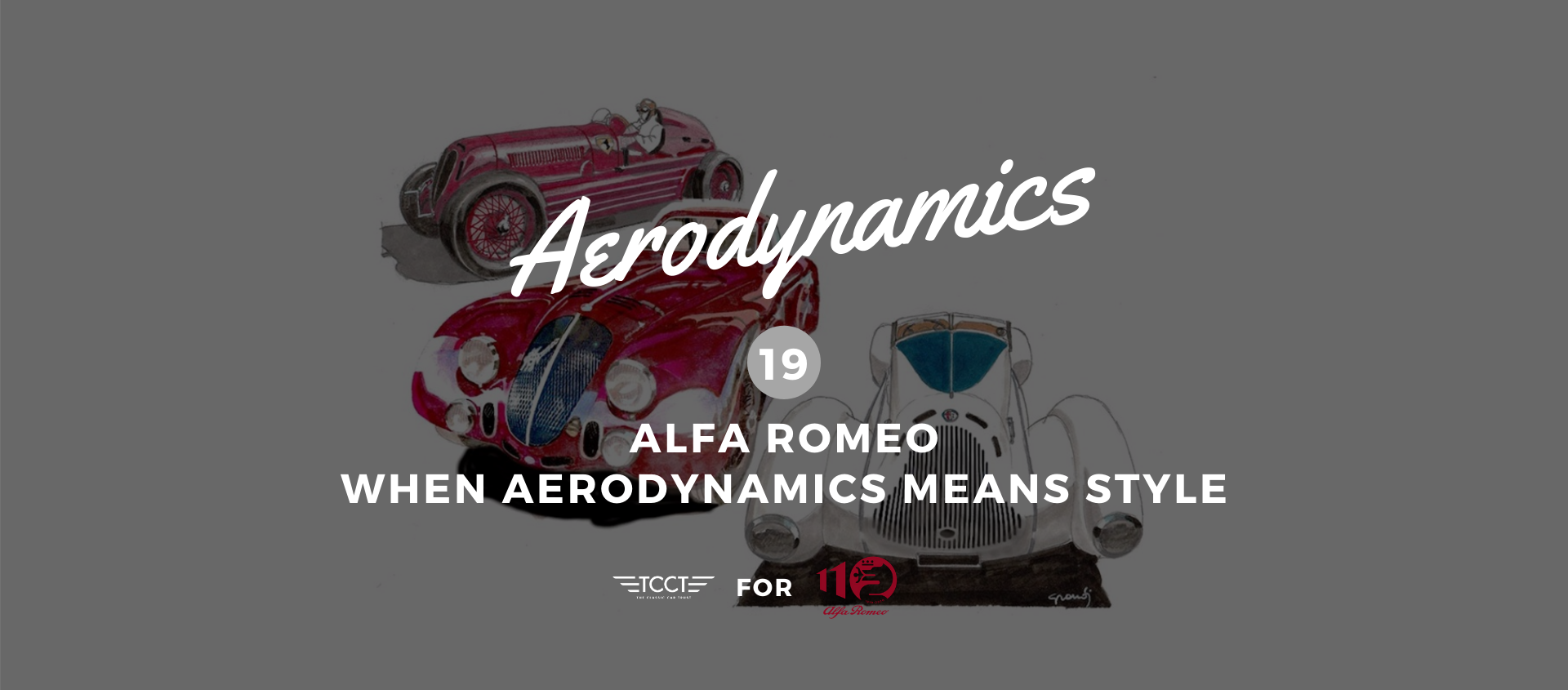Aerodynamics. Over 100 years of evolution.
10 February 2020 3 min read 2 images

Leonardo da Vinci, through his studies that amalgamated art and science, understood how that gaseous mixture we call air could fade colours as the distance from them grew, thus proving its inherent density. A density that sees further proof in the flight of birds and, since ancient times, by the dream of Daedalus and Icarus fleeing Minos using wings made of wax. Just like for aircraft, air has played a fundamental role in the development of the car. If flight has seen the challenge of progress go from “lighter than air”, with its balloons and airships, to “heavier” in the form of modern planes, for almost a hundred years the car has considered air its enemy. Car design has thus always leaned towards optimizing air penetration, inspired first and foremost, by bullets. The famous CX drag coefficient index would give car manufacturers more than a few challenges to overcome until car racing showed them that, rather than the enemy as was always portrayed as, air could indeed become a precious friend.
Register to unlock this article
Signing up is free and gives you access to hundreds of articles and additional benefits. See what’s included in your free membership. See what's included in your free membership.
Already have an account? Log In


